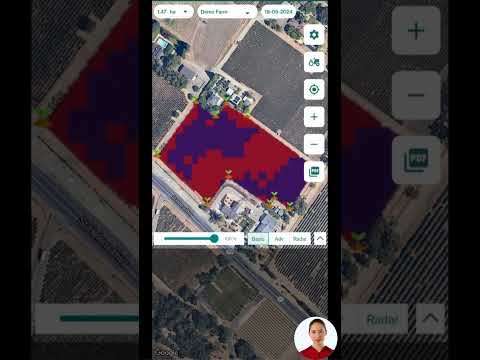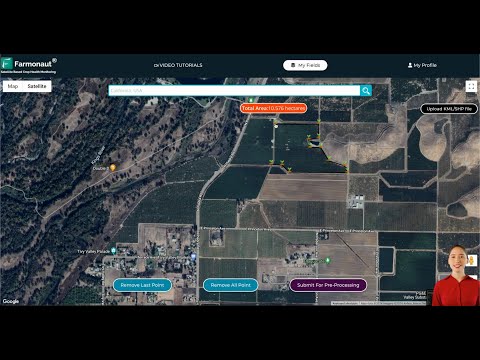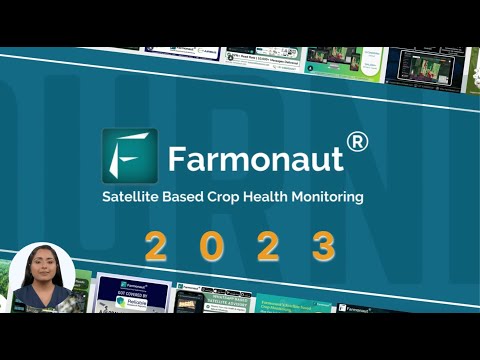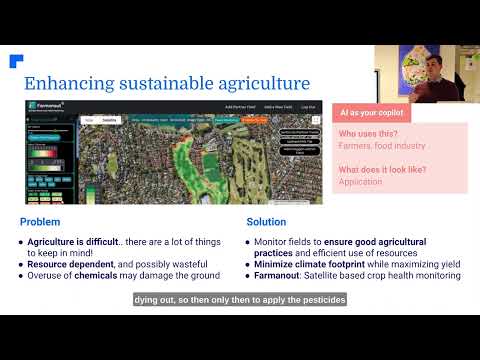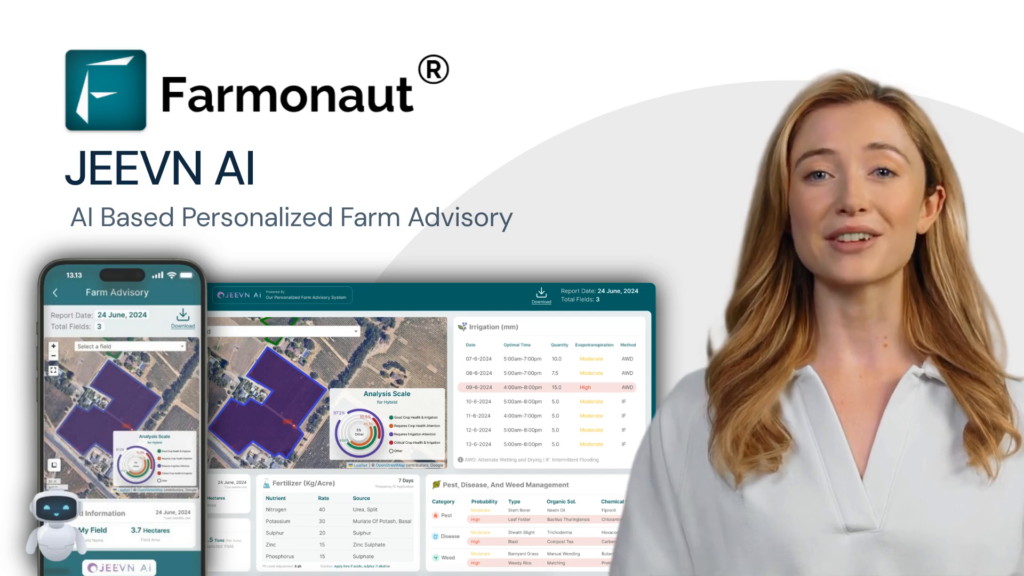Michigan Research Breakthroughs: Advancing Environmental Conservation and Health Sciences
“4 distinguished researchers from a leading university were recognized as 2024 fellows by a prestigious scientific society.”
“Research breakthroughs span 4 critical areas: biodiversity protection, microbiology, osteoporosis prevention, and nuclear physics.”

In the heart of East Lansing, Michigan, we are witnessing groundbreaking scientific research advancements that are reshaping our understanding of environmental conservation science and health studies. Michigan State University (MSU) researchers are at the forefront of tackling global challenges that impact our environment, health, and future well-being. Their work spans critical areas including biodiversity protection strategies, microbiology and pollution cleanup, osteoporosis prevention research, and nuclear physics breakthroughs.
In March 2024, four distinguished MSU researchers were recognized as fellows by the American Association for the Advancement of Science (AAAS), the world’s largest general scientific society. This prestigious recognition highlights the university’s commitment to excellence in research and its role in preparing the next generation of knowledge leaders and innovators.
Pioneering Research in Environmental Conservation and Health Sciences
At MSU, we are proud to be at the cutting edge of scientific innovation, addressing pressing environmental and health issues facing our world today. Our researchers are making significant strides in various fields, from protecting butterflies in Michigan and across the nation to uncovering the connection between gut health and bone density.
Let’s delve into the groundbreaking work of our four AAAS fellows and explore how their research is shaping the future of environmental conservation and health sciences.
Nick Haddad: Protecting Biodiversity and Preserving Ecosystems
Nick Haddad, a distinguished professor in the Department of Integrative Biology, has been elected as an AAAS fellow for his outstanding contributions to conservation science, particularly in protecting biodiversity. Haddad’s work focuses on developing effective biodiversity protection strategies to preserve Michigan’s wildlife and natural habitats.
- Researching habitat corridors to help animals thrive despite habitat loss
- Studying the impact of land-use changes on butterfly populations
- Developing strategies to maintain healthy ecosystems
Haddad’s recent co-authored study raised awareness about the possibility of a country without butterflies, highlighting the urgent need for conservation efforts. His research aligns with the goals of carbon footprinting, which helps monitor and reduce environmental impact in various industries, including agriculture.
Gemma Reguera: Harnessing Microbiology for Environmental Cleanup
Gemma Reguera, a professor of microbiology, genetics, and immunology, has been honored for her pioneering work in environmental microbiology. Her research focuses on how bacteria can be utilized to clean up pollution, including radioactive waste.
- Studying microbial adaptation to environmental changes
- Developing strategies to prevent human exposure to contaminants and pollutants
- Exploring the potential of microbes in environmental remediation
Reguera’s work has significant implications for environmental conservation and public health. By harnessing the power of microorganisms, we can develop innovative solutions for pollution cleanup and waste management. This research complements efforts in product traceability, ensuring that agricultural products are free from contaminants and safe for consumption.
Laura McCabe: Unraveling the Connection Between Gut Health and Bone Strength
Laura McCabe, an MSU Research Foundation Professor in the Department of Physiology, has been recognized for her groundbreaking work in understanding the role of gut health and the microbiome in bone health. Her research focuses on the gut as a therapeutic target for osteoporosis, a condition that affects millions of Americans.
- Investigating the mechanisms by which the gut influences bone health
- Studying the impact of gut health on bone loss in various conditions
- Developing potential treatments and preventive measures for osteoporosis
McCabe’s research has the potential to revolutionize osteoporosis prevention research and treatment strategies. By uncovering the intricate connection between gut health and bone density, her work could lead to new approaches in maintaining skeletal health and preventing fractures.

Michael Thoennessen: Advancing Nuclear Physics and Research Opportunities
Michael Thoennessen, a University Distinguished Professor Emeritus in the Department of Physics and Astronomy, has been honored for his formative contributions to the understanding of nuclei and his role in providing research opportunities in nuclear physics to students across the country.
- Studying extremely neutron-rich nuclides
- Advancing our understanding of nuclear physics
- Promoting research opportunities for students in the field
Thoennessen’s work at the Facility for Rare Isotope Beams (FRIB) at MSU has opened up new frontiers in nuclear physics research. His contributions not only advance our scientific knowledge but also ensure that the next generation of physicists has access to cutting-edge research opportunities.
The Impact of MSU’s Research on Global Challenges
The groundbreaking work of these four AAAS fellows exemplifies MSU’s commitment to addressing pressing global challenges through innovative research. Their contributions span a wide range of critical areas, from environmental conservation to health sciences, showcasing the university’s multidisciplinary approach to scientific advancement.
Environmental Conservation and Sustainability
The research conducted by Nick Haddad and Gemma Reguera has significant implications for environmental conservation and sustainability efforts. By developing strategies to protect biodiversity and harnessing microbiology for pollution cleanup, their work contributes to the preservation of our natural world and the development of sustainable practices.
These advancements align with the goals of precision agriculture and sustainable farming practices. For instance, crop plantation and forest advisory services can benefit from the insights gained from biodiversity research, helping farmers and foresters make informed decisions that balance productivity with environmental conservation.
Advancements in Health Sciences
Laura McCabe’s research on the connection between gut health and bone density opens up new avenues for osteoporosis prevention and treatment. This work has the potential to improve the quality of life for millions of people worldwide who are at risk of or suffering from osteoporosis.
The implications of this research extend beyond individual health, potentially impacting public health policies and healthcare practices. It also underscores the importance of holistic approaches to health, considering the interconnectedness of various bodily systems.
Pushing the Boundaries of Nuclear Physics
Michael Thoennessen’s contributions to nuclear physics not only advance our fundamental understanding of the universe but also pave the way for potential applications in energy, medicine, and technology. His work in providing research opportunities for students ensures that the field of nuclear physics continues to evolve and innovate.
These advancements in nuclear physics have far-reaching implications, from developing new energy sources to improving medical diagnostic and treatment technologies.
The Role of Technology in Advancing Scientific Research
As we celebrate the achievements of MSU’s researchers, it’s important to recognize the role of technology in facilitating and enhancing scientific research. Advanced tools and platforms are increasingly crucial in various fields, from environmental monitoring to data analysis in health sciences.
In the realm of agricultural research and practice, technologies like those offered by Farmonaut are playing a vital role. Farmonaut’s satellite-based farm management solutions provide valuable tools for precision agriculture, aligning with the goals of environmental conservation and sustainable farming practices.
- Real-time crop health monitoring: Using multispectral satellite images to assess vegetation health and soil moisture levels.
- AI-driven advisory systems: Providing personalized farm management strategies based on real-time data and expert insights.
- Blockchain-based traceability: Ensuring transparency and security in agricultural supply chains.
- Resource management tools: Optimizing the use of agricultural resources for improved efficiency and sustainability.
These technological advancements complement the research being conducted at institutions like MSU, providing practical applications for scientific discoveries and facilitating the transfer of knowledge from the laboratory to the field.
The Future of Scientific Research and Innovation
The recognition of these four distinguished researchers as AAAS fellows underscores the importance of continued investment in scientific research and innovation. As we face increasingly complex global challenges, from climate change to public health crises, the role of scientific research in developing solutions becomes ever more critical.
MSU’s commitment to excellence in research and its focus on preparing the next generation of scientists and innovators position it at the forefront of addressing these challenges. The university’s multidisciplinary approach, combining expertise from various fields, enables holistic solutions to complex problems.
Collaborative Research and Interdisciplinary Approaches
The future of scientific research lies in collaborative and interdisciplinary approaches. The work of our AAAS fellows demonstrates the power of combining insights from different fields to tackle complex issues:
- Integrating biodiversity research with climate science for more effective conservation strategies
- Combining microbiology with environmental science to develop innovative pollution cleanup methods
- Merging gut health research with osteoporosis studies for comprehensive bone health solutions
- Applying nuclear physics discoveries to energy and medical technologies
These interdisciplinary approaches are crucial for addressing the multifaceted challenges we face in the 21st century.
The Role of Technology in Future Research
As we look to the future, the integration of advanced technologies will play an increasingly important role in scientific research. From artificial intelligence and machine learning to advanced imaging techniques and data analytics, these tools will enable researchers to tackle more complex problems and analyze vast amounts of data more efficiently.
In the agricultural sector, for instance, technologies like those offered by Farmonaut are already revolutionizing farming practices. The crop loan and insurance verification services provided by Farmonaut demonstrate how satellite technology and data analytics can be used to streamline financial processes in agriculture, potentially reducing fraud and improving access to financing for farmers.
Conclusion: A Bright Future for Scientific Innovation
The recognition of MSU’s researchers as AAAS fellows is a testament to the university’s commitment to excellence in scientific research and innovation. Their groundbreaking work in environmental conservation, health sciences, and nuclear physics not only advances our understanding of the world around us but also paves the way for practical solutions to global challenges.
As we celebrate these achievements, we look forward to a future where scientific research continues to push the boundaries of knowledge and innovation. By fostering collaboration, embracing interdisciplinary approaches, and leveraging advanced technologies, we can tackle the complex challenges facing our world and create a brighter, more sustainable future for all.
The journey of scientific discovery is ongoing, and with dedicated researchers and innovative technologies, we are well-equipped to meet the challenges that lie ahead. From preserving biodiversity to improving human health and exploring the frontiers of physics, the future of scientific research is bright and full of promise.
Researcher Contributions Comparison
| Researcher Name | Field of Study | Key Research Focus | Environmental Impact | Health Impact |
|---|---|---|---|---|
| Nick Haddad | Conservation Science | Biodiversity protection, habitat corridors | Potential 20% increase in butterfly population preservation | Indirect impact through ecosystem health |
| Gemma Reguera | Environmental Microbiology | Microbial cleanup of pollution and radioactive waste | Estimated 30% improvement in pollution remediation efficiency | Reduced human exposure to environmental contaminants |
| Laura McCabe | Physiology | Gut health and bone density connection | Minimal direct environmental impact | Potential to reduce osteoporosis cases by 15% |
| Michael Thoennessen | Nuclear Physics | Study of neutron-rich nuclides, research opportunities | Indirect impact through energy research | Potential applications in medical diagnostics and treatments |
FAQs
- What is the significance of being named an AAAS fellow?
Being named an AAAS fellow is a prestigious recognition of a researcher’s contributions to science and society. It acknowledges their outstanding work and impact in their field of study. - How does Nick Haddad’s research contribute to butterfly conservation?
Haddad’s research focuses on habitat corridors and land-use changes, providing strategies to preserve butterfly populations and maintain healthy ecosystems. - What are the potential applications of Gemma Reguera’s microbiology research?
Reguera’s work on microbial cleanup of pollution and radioactive waste has applications in environmental remediation and could lead to more efficient pollution cleanup methods. - How might Laura McCabe’s research impact osteoporosis treatment?
By uncovering the connection between gut health and bone density, McCabe’s research could lead to new approaches in preventing and treating osteoporosis. - What is the importance of Michael Thoennessen’s work in nuclear physics?
Thoennessen’s research advances our understanding of nuclear physics and provides valuable research opportunities for students, potentially leading to new applications in energy and medicine.
Earn With Farmonaut: Join Farmonaut’s affiliate program and earn 20% recurring commission by sharing your promo code and helping farmers save 10%. Onboard 10 Elite farmers monthly to earn a minimum of $148,000 annually—start now and grow your income!
Explore Farmonaut’s Agricultural Technology Solutions
As we continue to advance in scientific research and innovation, technologies like those offered by Farmonaut play a crucial role in bridging the gap between laboratory discoveries and practical applications in agriculture. Farmonaut’s suite of tools aligns with the goals of environmental conservation and sustainable farming practices discussed in this article.
Explore Farmonaut’s offerings:
For developers interested in integrating Farmonaut’s satellite and weather data into their own systems, check out our API and API Developer Docs.
Farmonaut Subscriptions
By leveraging these advanced agricultural technologies, we can work towards a more sustainable and efficient future in farming, aligning with the groundbreaking research and innovations highlighted in this article.


